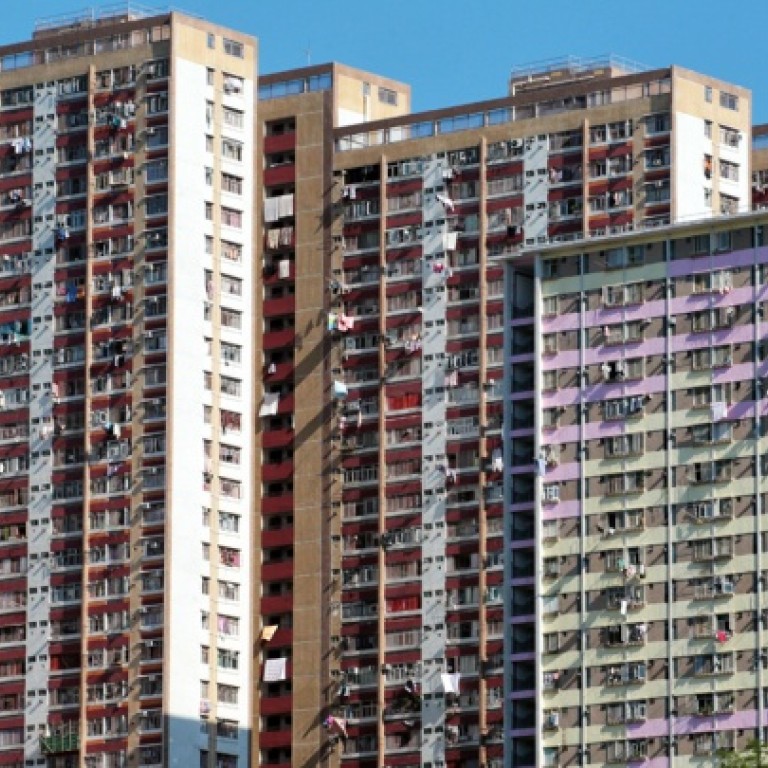
330,000 poor public housing tenants may be 'pushed' above poverty line
330,000 of city's most needy might not be considered poor due to subsidies anomaly
Some 330,000 of Hong Kong's poorest may be raised above the poverty line because they live in low-rent public housing, according to a source familiar with the latest government figures.
About 1.01 million people now fall under the poverty line - the minimum deemed adequate to live in the city - which is set at half the median household income.
But when an estimated subsidy in the form of public housing is included as part of income, the number considered to be living in poverty drops to 680,000.
That is according to government interim figures provided at a closed-door meeting of the Commission on Poverty.
The source said the figures needed to be refined and that commission members had rejected the calculation.
The figures are in line with a study by the Hong Kong Institute of Education, in which Professor Chou Kee-lee estimated that around 380,000 people would no longer be considered poor if the public housing subsidy was included as part of their income.
The subsidy is taken as the value of a public housing flat on the private rental market, minus the rent paid by the tenants.
"There are many ways of calculating the estimated subsidy the government provides to those renting public housing, and it could ... change the make-up of the population considered poor," Chou said.
He called for the commission to be more transparent in determining the poverty line. "A more stringent and precise method needs to be used to calculate the estimated subsidy. Otherwise, a group of people will suddenly be regarded as not poor, despite their bad circumstances."
Chou found that the percentage of poor in the city fell from 18.8 per cent to 13.4 per cent the estimated public housing subsidy was taken into account. Chou's research used data from the Rating and Valuation Department and the Census and Statistics Department.
The government came under fire recently when it announced public rental housing would be counted as a subsidy in a family's household income in calculations to work out a poverty line.
Welfare groups and NGOs worried that many poor families would suddenly be deemed to be above the poverty line simply because they live in a public housing flat with low rent, as private property prices skyrocket.
"There has been a lot of concern [in the community] about a public housing subsidy being factored into the poverty line," said commission member Chua Hoi-wai, who is also business director of the Council of Social Service. "It is a controversial and complicated matter, so any such calculation will be for reference only."
Stephen Fisher, director general of Oxfam Hong Kong and another commission member suggested the subsidy be calculated according to an affordable rental level - capped at 30 per cent of a family's income.
"A housing subsidy should be included, but in Hong Kong's crazy rental market, there needs to be a cap," Fisher said.
